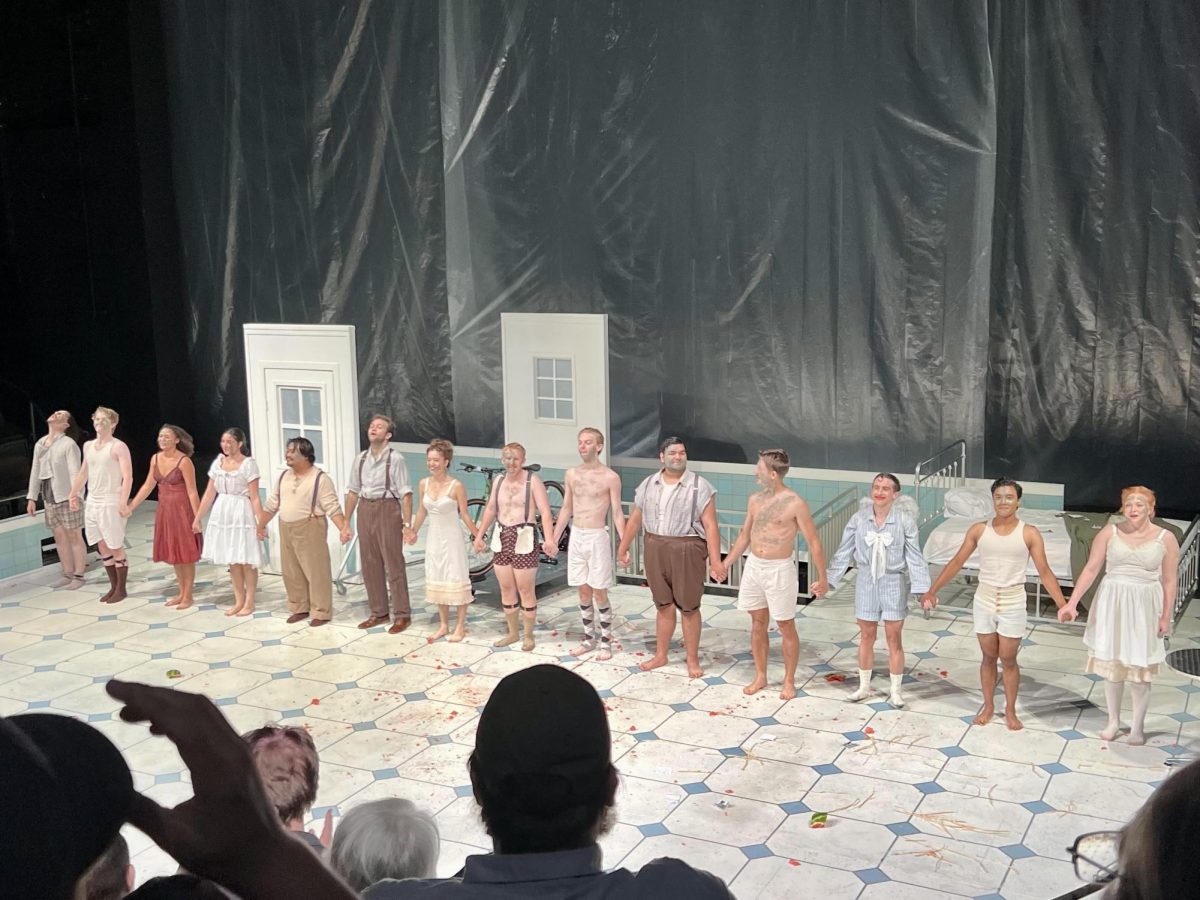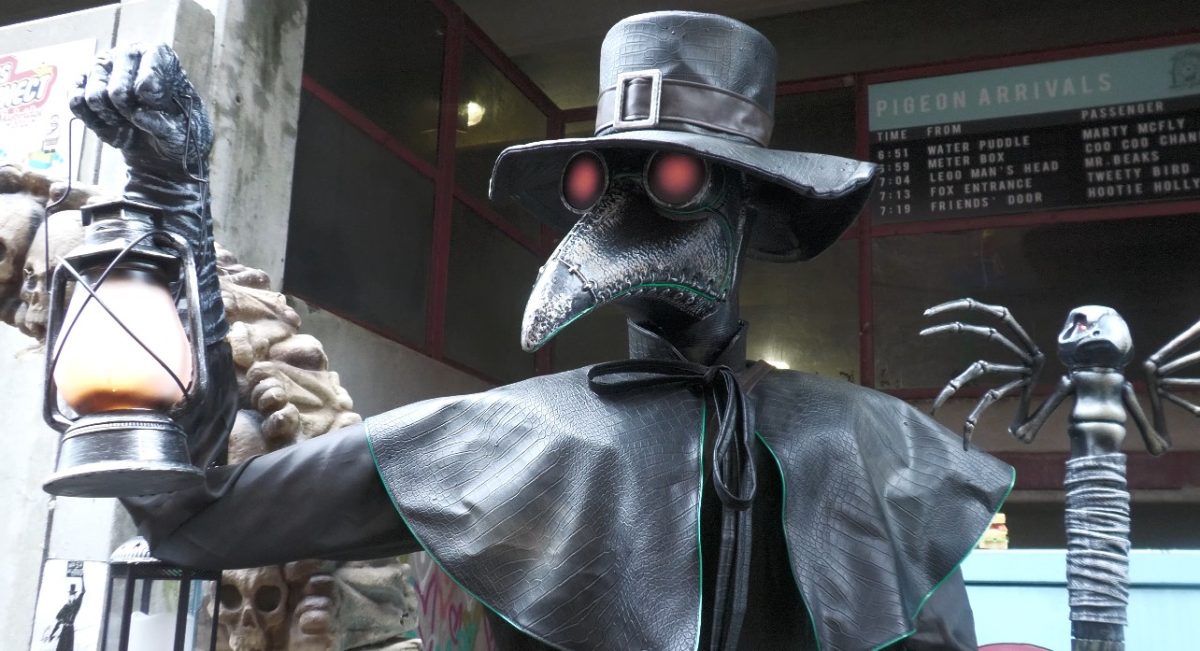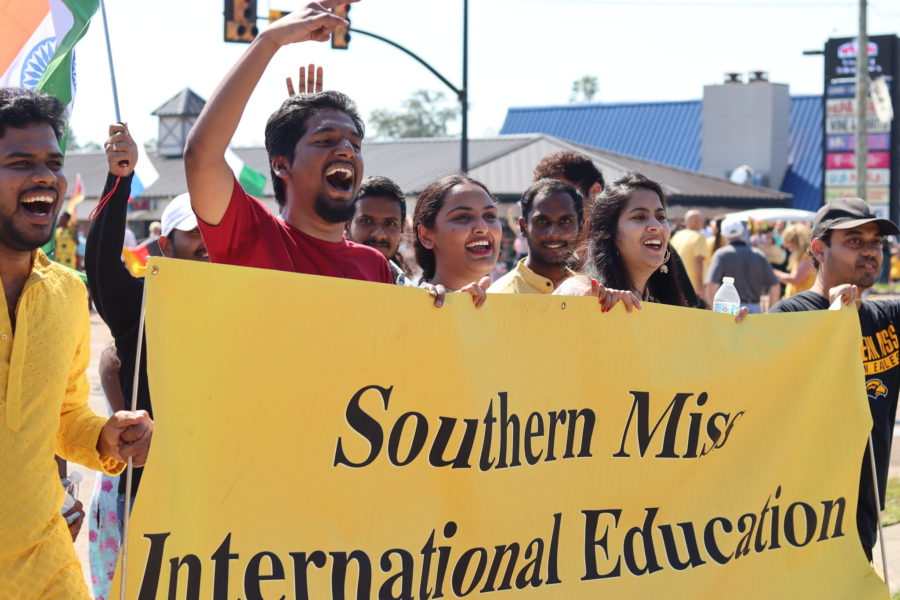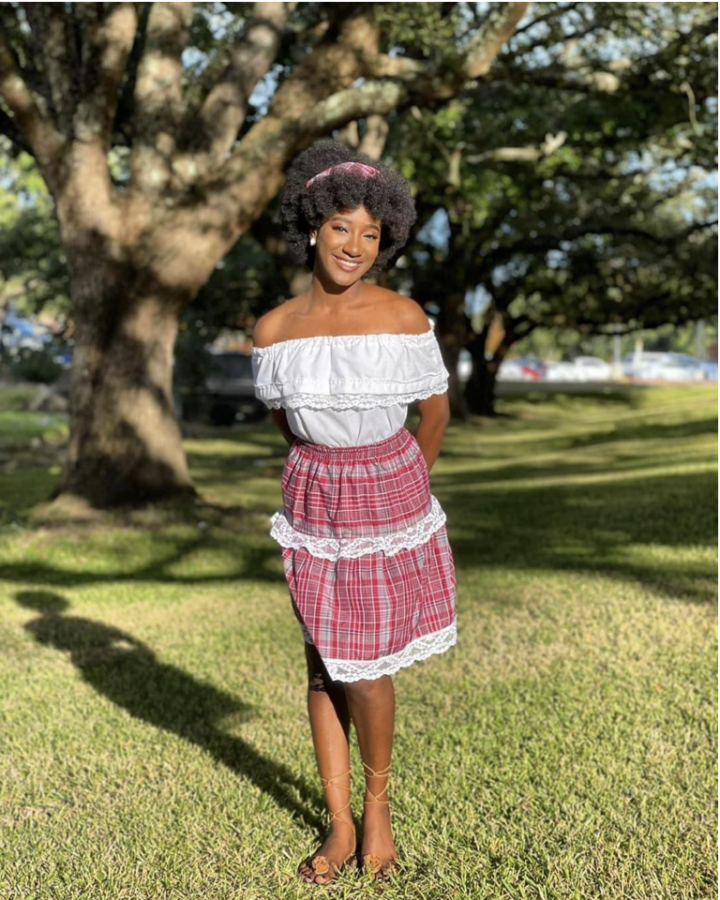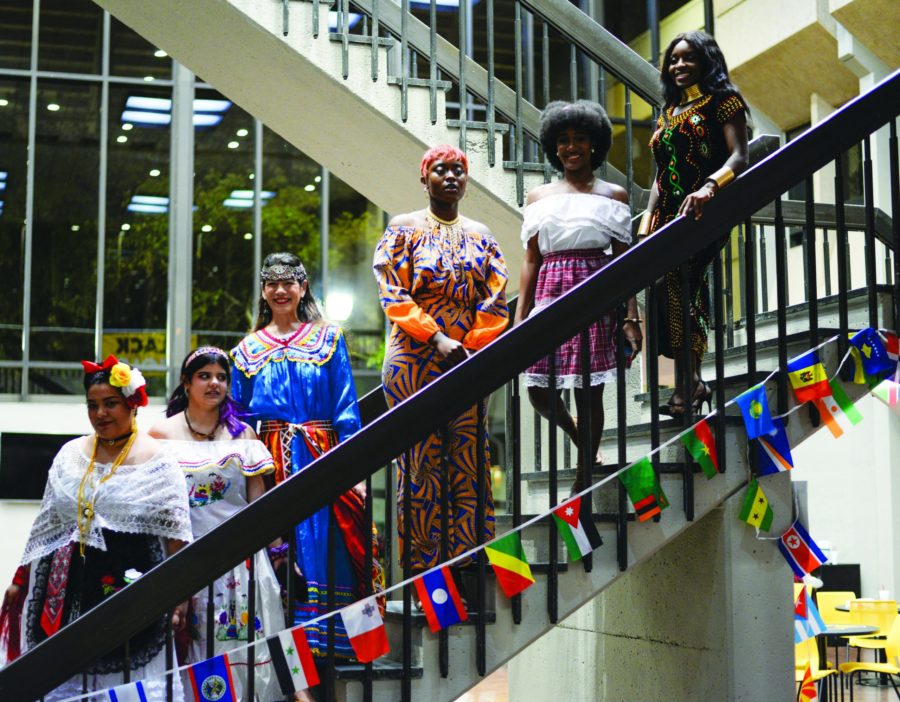
Malala Yousafzai, 17, became the youngest person to receive the Nobel Peace Prize on Oct. 10.
Many people know Malala because on Oct. 9, 2012, a gunman shot Malala when she was traveling home from school. She survived and has continued to speak out on the importance of education, according to Biography.com
Malala was nominated in 2013, and was nominated again and won for 2014. Since her recovery, when she had to get a titanium plate put in her skull to protect her brain, she has become an activist for women’s rights.
In trying to kill Malala, the Taliban made a mistake. They wanted to silence her, but they amplified her voice. Her message has been heard around the world, from cramped classrooms to the halls of the U.N. and national governments.
The Taliban made her a powerful symbol. A story as tragic and triumphant as hers can raise an army of disciples, according to a story by TIME magazine.
She continues not only to inspire girls her age in the Middle East, but also young women across the globe hoping to join her fight for human rights.
“As a feminist and a supporter of the universal right to education, I am inspired by Malala’s work and life,” said Dru Mozingo, a senior political science major with a human rights minor.
“Her courage and sacrifice will continue to be the example that all nations and government should follow. Everyone, girl or boy, has a right to education. I hope that her influence will further human rights for all of global citizens,” she said.
Others are thankful they do not have to be put in such a situation.
“I think she’s an amazing young woman with an unbelievable amount of courage, said Taylor Provencher, a junior political science major. “Most people would not have survived what she did, let alone go on to become a world renowned advocate for peace in an area that hasn’t seen peace for a long time.”
As a Nobel Peace Prize winner, Malala will join the ranks of many renowned human rights activists and be remembered throughout history for her efforts.

